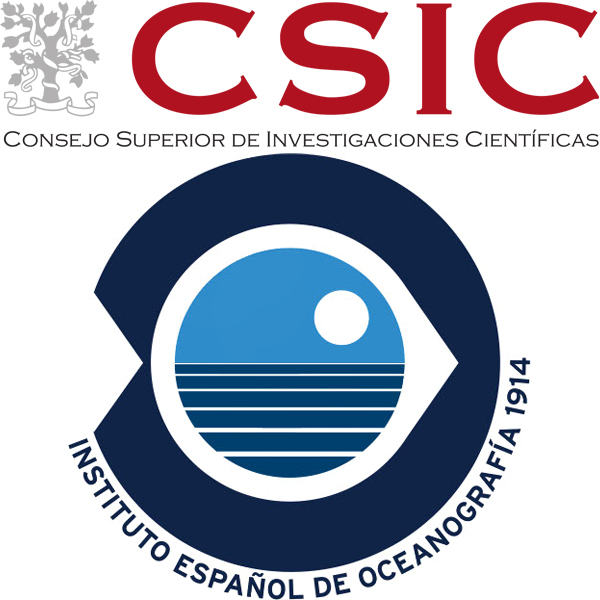The Polytechnic University of Marche is the coordinator of the project, and will also be involved in the water samples, sediments and biota collecting in the Adriatic Sea; development of harmonized protocols for chemical analyses on environmental matrices and biota; chemical analyses of pharmaceuticals on environmental matrices and biota; in vivo and ex vivo laboratory experiment set up and detection of pharmaceuticals in exposed organisms; biochemical and cellular effects of pharmaceuticals; Weigh Of Evidence model elaboration for pharmaceuticals in the aquatic environments and dissemination activities.
The PHARMASEA consortium is composed of five European research partners. Learn about each partner’s role below
The University of Heidelberg will contribute on in vivo and in vitro exposures, under controlled ecologically relevant conditions, using different cell lines and sensitive early life-stages of zebrafish (Danio rerio). They will monitor the transfer of pharmaceuticals along food webs with respect to biological effects and provide biological materials for the determination of bioaccumulation of pharmaceuticals.
Furthermore, the University of Heidelberg will participate in screening and measuring adverse effects, namely endocrine disruption, neurotoxicity, genotoxicity, developmental toxicity/teratogenicity, induction of biotransformation, physiological biomarkers, histology, and cytology. They will contribute to the identification of the Modes-Of-Action of pharmaceuticals, provide baseline data for the setup of a quantitative Weight-Of-Evidence (WOE) model and contribute to dissemination activities and stakeholder engagement.
The University of Stavanger will be leading the sampling activity in the North Sea: they will collect field samples of water, sediment and organisms in proximity to a wastewater discharge and in key coastal areas from the Norwegian part of the North Sea.
They will contribute on in vitro exposures using different cell lines, sensitive early life- stages of different species. The ecotoxicology and environmental monitoring group will study biological effects through both in vivo and ex vivo experiments, providing information regarding the health status of the ecosystem. In addition, UiS will perform an economic analysis of the market and nonmarket benefits of API mitigation integrating all data produced by PHARMASEA project. Finally, UiS will contribute to dissemination activities and stakeholder engagement.
University of A Coruña will contribute on qualitative and quantitative characterization of the presence, distribution, fate and behavior of APIs and degradation products in seawater, sediments and biota developing environmental friendly analytical methods determination by mass spectrometry coupled to chromatographic techniques (low/high-resolution MS), identifying potential sources of APIs contamination and trophic transfer along regional marine food webs.
Spanish Institute of Oceanography–Spanish National Research Council (IEO-CSIC) will carry out sampling campaigns in the Atlantic Sea (seawater, sediment and biota), specifically along the Galician coast, and in the Western Mediterranean continental shelf. They will carry-out laboratory short-term exposures to selected pharmaceuticals using mussels, copepods and invertebrate embryo-larval stages in order to identify most toxic APIs to be used in long-term experiments. They will contribute to the assessment of the biological effects on exposed organisms with the analysis of biomarkers in specific tissues, the characterization of the mode of action and the risk assessment of the selected APIs and to dissemination activities.









